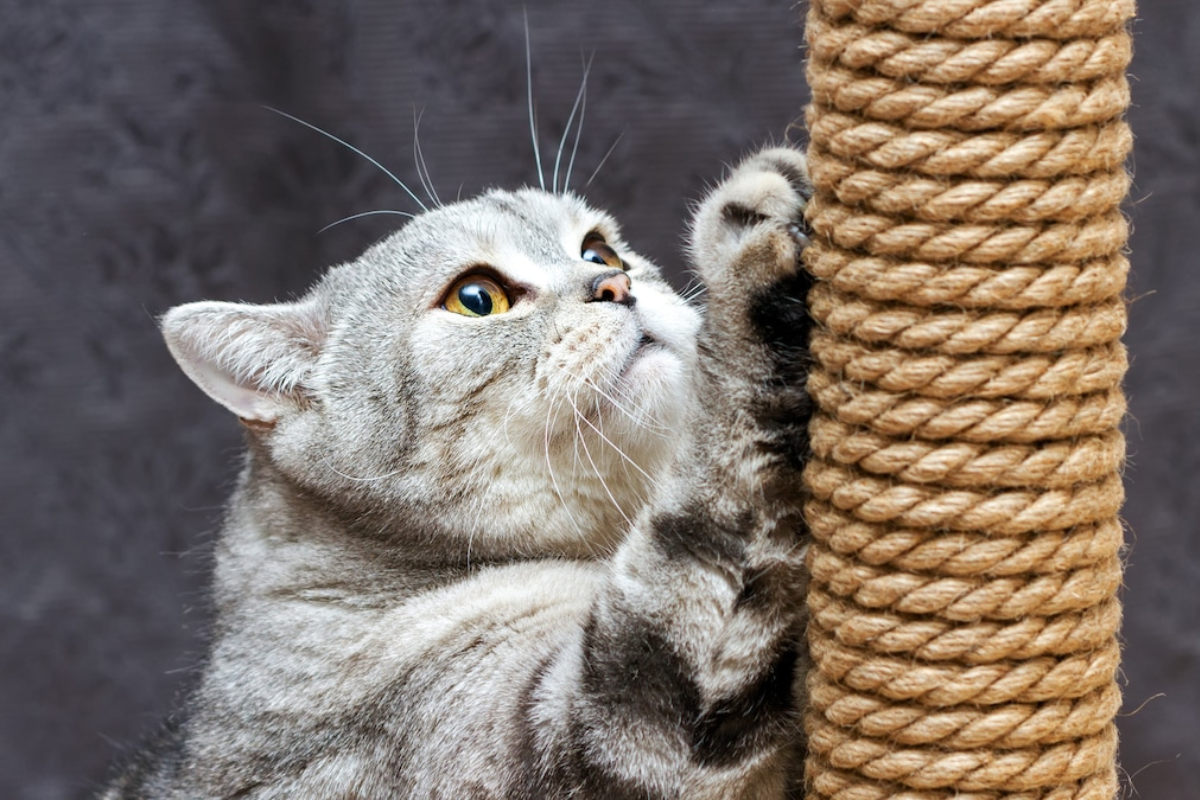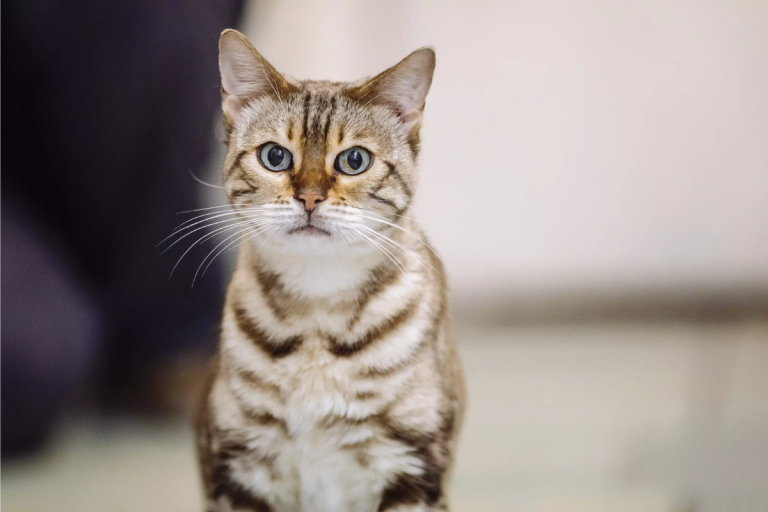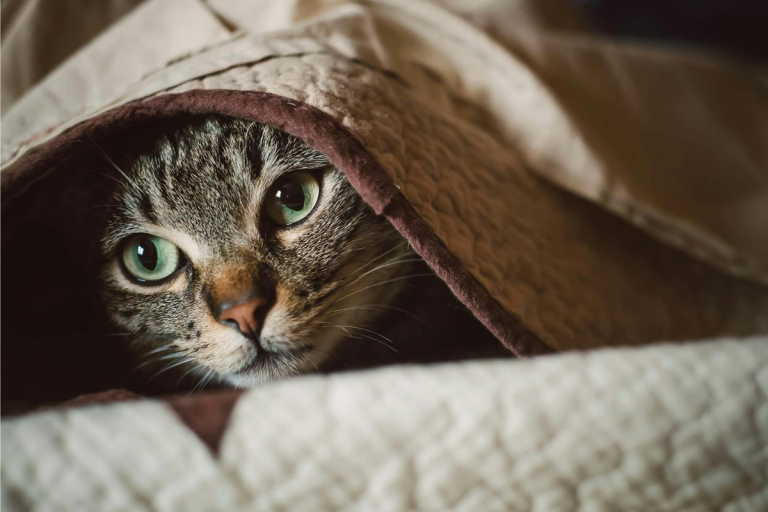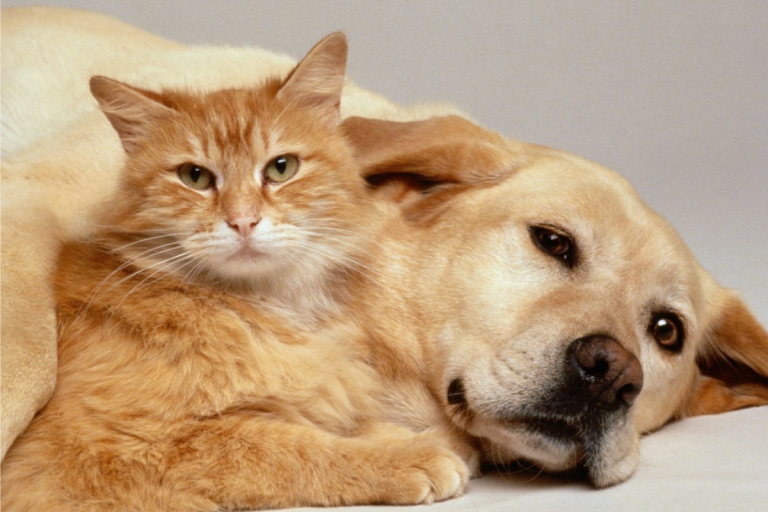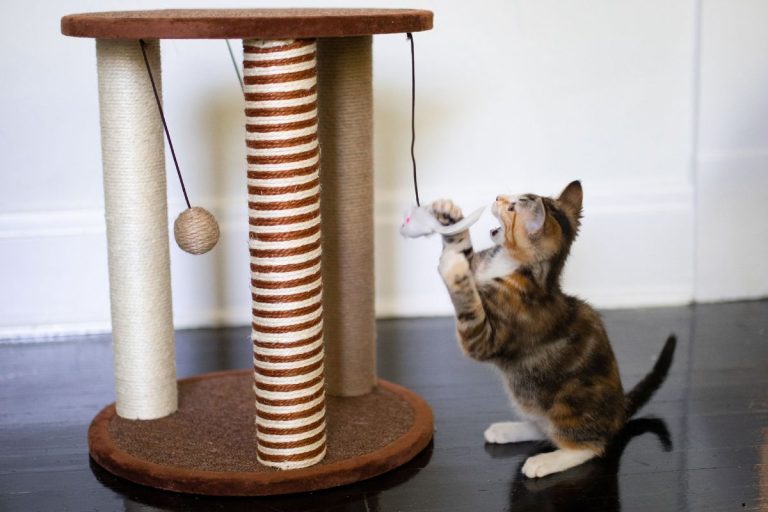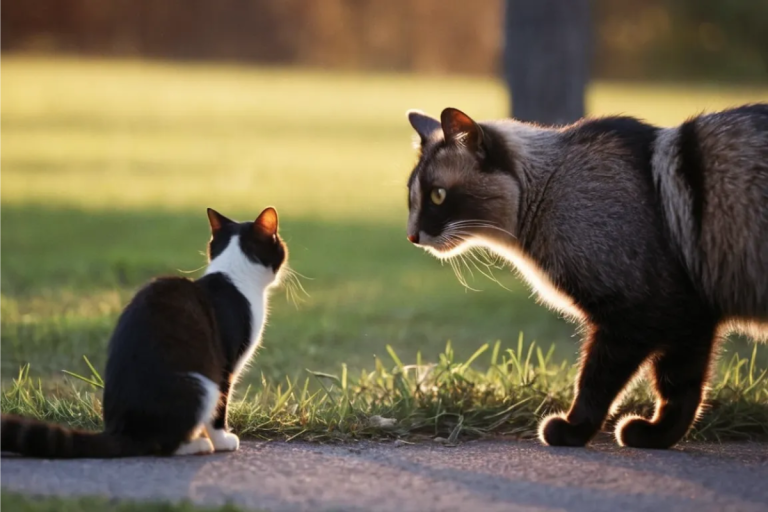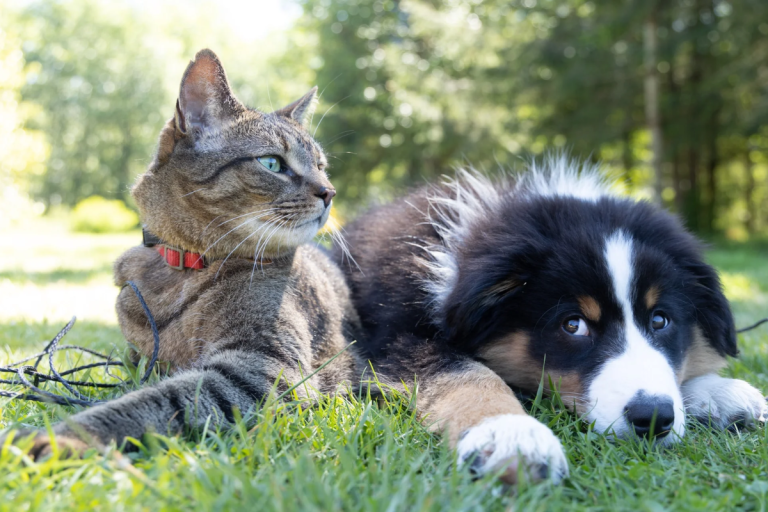Why Do Cats Scratch? Understanding Feline Behavior
Cats scratching up your furniture or curtains might seem frustrating, but this behavior is deeply ingrained in their instincts. Scratching is not just a random act—it serves a variety of important functions for your feline friend.
Let’s dive into why cats scratch and how you can manage this natural behavior in a way that keeps both you and your kitty happy.
Understanding the Natural Instinct of Cats
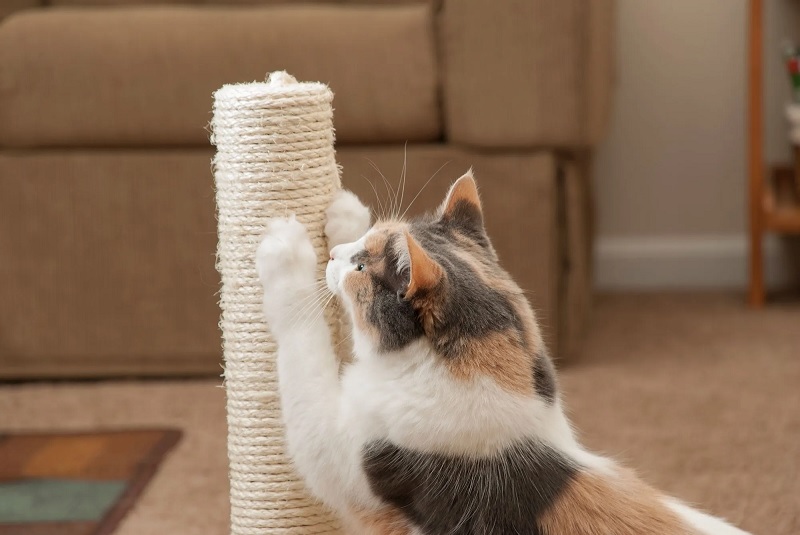
Cats scratch for a number of reasons, most of which stem from their evolutionary past. Even though your
Evolutionary Background of Scratching Behavior
In the wild, scratching helps cats mark their territory, maintain their claws, and even exercise their muscles. Large wild cats like lions and tigers scratch trees, leaving both visible and scented marks to warn other predators to keep out of their space. Your domestic
How Scratching Helps Cats in the Wild
Scratching is essential for wild cats to claim their territory. The act leaves both a visual mark and a scent, signaling to other animals that the area is already occupied. Cats have scent glands in their paws, which is why scratching is such an effective territorial marker.
How Scratching Serves Domestic Cats
Domestic cats don’t have the same survival needs as wild cats, but the act of scratching remains just as important to their physical and emotional well-being. Cats scratch for several reasons, including to relieve stress, stretch their muscles, and maintain the health of their claws.
Emotional and Psychological Benefits of Scratching
Scratching can be a way for your
Physical Reasons Cats Scratch
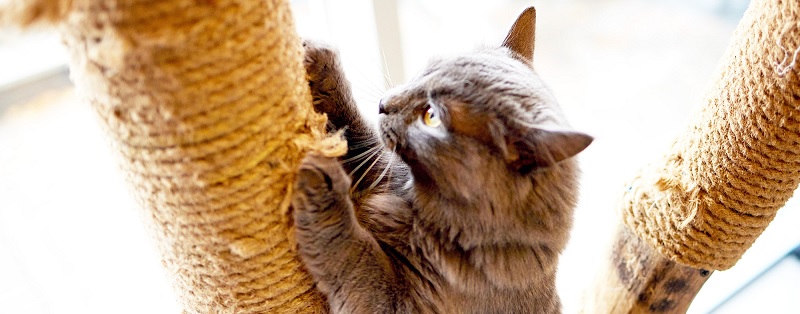
Scratching is an intrinsic behavior for cats, serving multiple physical and psychological purposes. Understanding these reasons can help
1. Claw Maintenance
Cats’ claws grow continuously, and scratching helps to remove the dead outer layer, or “husk,” of the claw. This process not only keeps their claws sharp but also prevents them from becoming overgrown, which can lead to discomfort or injury.
2. Territory Marking
Scratching is a way for cats to mark their territory. Cats have scent glands located between their paw pads, and when they scratch, they leave both visual marks and their scent on the surface. This behavior communicates to other animals that the area is claimed, providing a sense of security for the
3. Stretching and Exercise
Scratching allows cats to stretch their bodies fully. As they scratch, they flex their paws and legs, which provides essential exercise. This stretching is crucial for maintaining muscle tone and flexibility, especially for indoor cats that may not have as many opportunities for physical activity.
4. Stress Relief
Cats often scratch as a response to stress or anxiety. Changes in their environment, such as new pets or visitors, can trigger this behavior. Scratching serves as an outlet for pent-up energy and can help alleviate feelings of insecurity.
5. Natural Instinct
Ultimately, scratching is a natural instinct rooted in feline behavior. It is not a sign of mischief or spite; rather, it is an essential aspect of a
Emotional and Behavioral Reasons for Scratching
Scratching is a common response to itchiness, but it often extends beyond mere physical discomfort. Understanding the emotional and behavioral factors that contribute to scratching can provide insights into managing this behavior effectively.
The Itch-Anxiety Cycle
Chronic itch is frequently linked with heightened levels of stress and anxiety, creating a vicious cycle. As individuals experience itchiness, their anxiety levels may increase, which in turn exacerbates the sensation of itching.
This cycle can lead to compulsive scratching, further damaging the skin and worsening the itch. Emotional distress plays a vital role in both the experience of itching and the urge to scratch.
Psychogenic Itch
In some cases, scratching can be attributed to psychogenic factors, where no identifiable physical cause exists for the itch. This phenomenon often arises during periods of significant stress or major life changes. Individuals may find themselves scratching without any dermatological reason, highlighting how psychological states can manifest physically.
Stress and anxiety can trigger or worsen existing skin issues like eczema or psoriasis, leading to increased scratching as a coping mechanism.
Behavioral Responses to Stress
The act of scratching can also serve as a maladaptive coping strategy for dealing with stress or emotional pain. For many, scratching provides temporary relief from discomfort, reinforcing the behavior despite its long-term consequences.
Techniques aimed at addressing both the emotional triggers and the physical urge to scratch have shown promise. Programs designed by psychologists often involve identifying personal emotional triggers and employing mindfulness techniques to manage both itching and scratching behaviors effectively.
Social Emotions and Scratching
Social factors also contribute to scratching behaviors. Feelings of shame or embarrassment about visible skin conditions can lead to increased anxiety, which may provoke more itching and subsequent scratching.
This social dimension emphasizes the need for holistic approaches in treatment that consider both psychological well-being and physical health.
How to Manage or Redirect Scratching Behavior
Scratching is an instinctual behavior for cats, serving multiple purposes such as maintaining claw health, stretching muscles, and marking territory. While it can be frustrating for pet owners, it’s essential to recognize that scratching is a natural part of feline life. Here are effective strategies to manage and redirect this behavior:
1. Provide Appropriate Scratching Posts
Ensure your home is equipped with various scratching posts made of different materials like sisal, carpet, and cardboard. Position these posts in areas where your
2. Use Attractants
Cats are often drawn to specific scents. Sprinkling catnip on scratching posts or using catnip sprays can entice your
3. Create a Variety of Options
Different cats have different preferences when it comes to scratching surfaces. Offer a mix of vertical, horizontal, and angled scratching options to cater to your
4. Implement Deterrents for Unwanted Areas
To discourage scratching on furniture or other undesired surfaces, consider using humane deterrents like double-sided tape or aluminum foil. Cats typically dislike these textures, which can help protect your belongings while still allowing them to scratch elsewhere.
5. Regular Nail Trimming
Keeping your
6. Engage in Playtime
Boredom can lead to destructive behaviors, including excessive scratching. Providing plenty of toys and engaging in regular play sessions can help channel your
7. Consider Nail Caps
If scratching continues to be a problem despite redirection efforts, nail caps are an option. These soft plastic covers fit over your
What to Avoid When Managing Scratching Behavior in Cats
Managing scratching behavior in cats can be challenging, but certain approaches can exacerbate the issue or harm your feline friend. Here are key pitfalls to avoid when addressing this natural behavior:
Declawing
Declawing is a permanent and painful procedure that involves amputating the last bone of each toe. This not only causes significant pain but can also lead to long-term behavioral issues, such as increased aggression or litter box aversion. It’s essential to understand that declawing is unnecessary and inhumane, as there are effective alternatives for managing scratching.
Physical Punishment
Using physical corrections, such as hitting or spraying your
Inconsistent Redirection
Failing to consistently redirect your
Ignoring Natural Instincts
Scratching is a natural behavior for cats, serving multiple purposes like claw maintenance and territory marking. Attempting to eliminate this instinct entirely is unrealistic and can lead to frustration for both you and your
Over-reliance on Deterrents
While deterrents like double-sided tape or citrus scents can help keep cats away from certain areas, relying solely on these methods without offering alternatives can be counterproductive. Always provide suitable scratching posts or surfaces alongside any deterrents you use.
Neglecting Environmental Enrichment
Boredom can lead to increased scratching as cats seek stimulation. Avoid neglecting your
Frequently Asked Questions
Can I Completely Stop My Cat from Scratching?
While it is challenging to completely stop a
Do All Cats Scratch to Mark Their Territory?
Yes, all cats scratch as a means of marking their territory. Scratching deposits scent from glands located in their paws, leaving both a visual and olfactory mark on surfaces. This behavior helps communicate their presence to other cats and establishes ownership of their space.
What Are the Best Types of Scratching Posts for Cats?
The best scratching posts should meet several criteria:
- Height and Stability: Tall enough for the
cat to stretch fully while scratching and sturdy enough not to tip over. - Material: Cats often prefer loosely woven materials that allow their claws to hook easily. Common materials include sisal, cardboard, and carpet.
- Design: Some cats prefer vertical posts while others may like horizontal surfaces. Posts with corners can also provide dual-surface scratching options.
Can Stress Cause a Cat to Scratch More?
Yes, stress can lead to increased scratching behavior. Changes in the household environment, such as new pets or alterations in routine, can trigger anxiety in cats, prompting them to mark territory more frequently through scratching. Signs of stress may also manifest in other behaviors like urine marking or aggression.
Is Declawing a Humane Solution for Scratching?
Declawing is not considered a humane solution for managing scratching behavior. This procedure involves amputating part of the
Conclusion
At the end of the day, scratching is a natural and necessary behavior for cats. By understanding why cats scratch and providing the right outlets, you can keep both your
